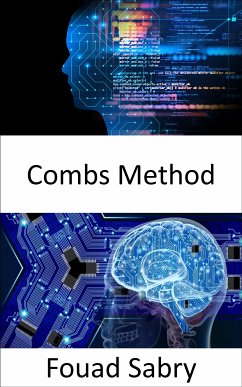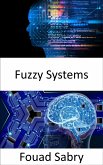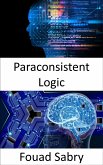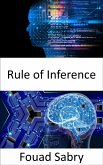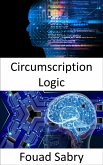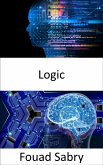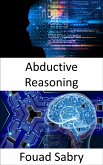What Is Combs Method
In 1997, William E. Combs described a method for writing fuzzy logic rules that he called the Combs method. This method is a rule base reduction method. Its purpose is to thwart the combinatorial explosion that might occur with fuzzy logic rules.
How You Will Benefit
(I) Insights, and validations about the following topics:
Chapter 1: Combs method
Chapter 2: Finite-state machine
Chapter 3: Modus ponens
Chapter 4: Relational model
Chapter 5: Fuzzy control system
Chapter 6: Fuzzy logic
Chapter 7: Negation
Chapter 8: Sequent calculus
Chapter 9: List of rules of inference
Chapter 10: Double negation
(II) Answering the public top questions about combs method.
(III) Real world examples for the usage of combs method in many fields.
(IV) 17 appendices to explain, briefly, 266 emerging technologies in each industry to have 360-degree full understanding of combs method' technologies.
Who This Book Is For
Professionals, undergraduate and graduate students, enthusiasts, hobbyists, and those who want to go beyond basic knowledge or information for any kind of combs method.
In 1997, William E. Combs described a method for writing fuzzy logic rules that he called the Combs method. This method is a rule base reduction method. Its purpose is to thwart the combinatorial explosion that might occur with fuzzy logic rules.
How You Will Benefit
(I) Insights, and validations about the following topics:
Chapter 1: Combs method
Chapter 2: Finite-state machine
Chapter 3: Modus ponens
Chapter 4: Relational model
Chapter 5: Fuzzy control system
Chapter 6: Fuzzy logic
Chapter 7: Negation
Chapter 8: Sequent calculus
Chapter 9: List of rules of inference
Chapter 10: Double negation
(II) Answering the public top questions about combs method.
(III) Real world examples for the usage of combs method in many fields.
(IV) 17 appendices to explain, briefly, 266 emerging technologies in each industry to have 360-degree full understanding of combs method' technologies.
Who This Book Is For
Professionals, undergraduate and graduate students, enthusiasts, hobbyists, and those who want to go beyond basic knowledge or information for any kind of combs method.
Dieser Download kann aus rechtlichen Gründen nur mit Rechnungsadresse in A, B, BG, CY, CZ, D, DK, EW, E, FIN, F, GR, H, IRL, I, LT, L, LR, M, NL, PL, P, R, S, SLO, SK ausgeliefert werden.

